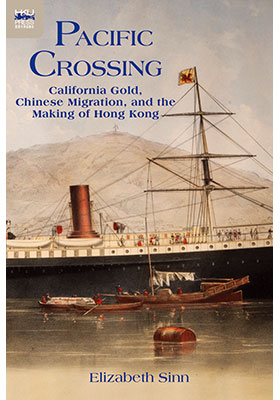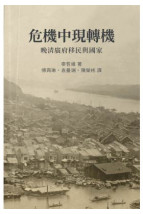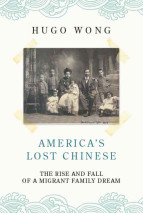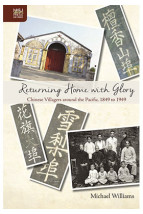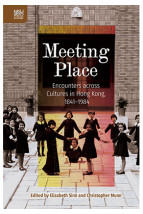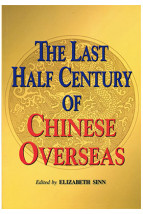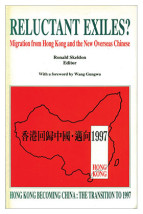Pacific Crossing
California Gold, Chinese Migration, and the Making of Hong Kong
(金山夢、華人出洋與香港的形成 )
ISBN : 978-988-8139-72-9
December 2012
472 pages, 6″ x 9″, 23 b&w illus.; 22 tables
Ebooks
Also Available on
During the nineteenth century tens of thousands of Chinese men and women crossed the Pacific to work, trade, and settle in California. Drawn initially by the gold rush, they took with them skills and goods and a view of the world which, though still Chinese, was transformed by their long journeys back and forth. They in turn transformed Hong Kong, their main point of embarkation, from a struggling infant colony into a prosperous international port and the cultural center of a far-ranging Chinese diaspora.
Making use of extensive research in archives around the world, Pacific Crossing charts the rise of Chinese Gold Mountain firms engaged in all kinds of transpacific trade, especially the lucrative export of prepared opium and other luxury goods. Challenging the traditional view that the migration was primarily a “coolie trade,” Elizabeth Sinn uncovers leadership and agency among the many Chinese who made the crossing. In presenting Hong Kong as an “in-between place” of repeated journeys and continuous movement, Sinn also offers a fresh view of the British colony and a new paradigm for migration studies.
“This is a tour de force: a closely focused history, rich in detail, well balanced, generously footnoted, yet eminently readable.” —Hugh D. R. Baker, The China Quarterly
“Through vivid stories embedded in complicated and evolving global interconnections, Sinn has produced a generous and abundantly researched account of Hong Kong.” —Madeline Y. Hsu, China Information
“No one . . . has explored the historical links between Hong Kong and California as thoroughly and as innovatively as Elizabeth Sinn does in Pacific Crossing.” —John M. Carroll, American Historical Review
“This is a pioneering work in many ways. . . . [It] not only fills big gaps in our grasp of Hong Kong’s role in international migration but helps set the agenda for future research on it.” —Gregor Benton, Journal of Chinese Studies

